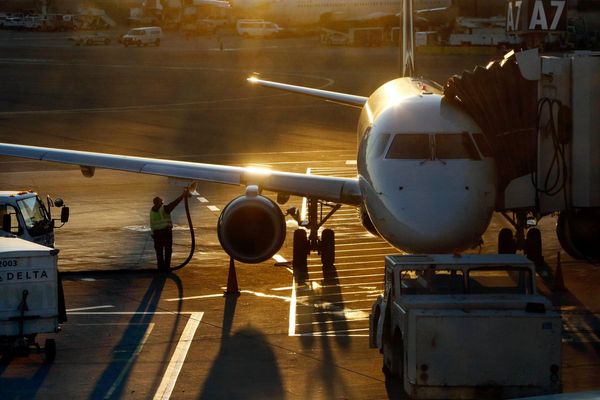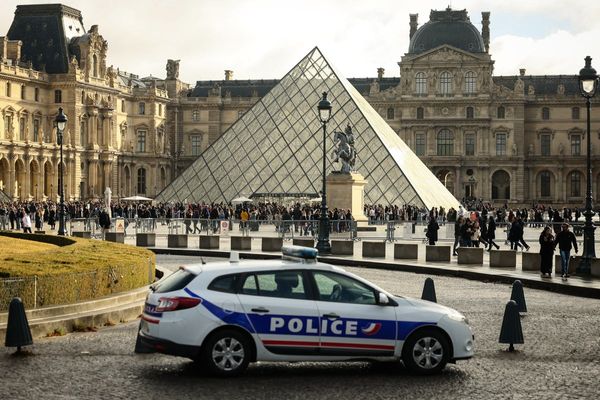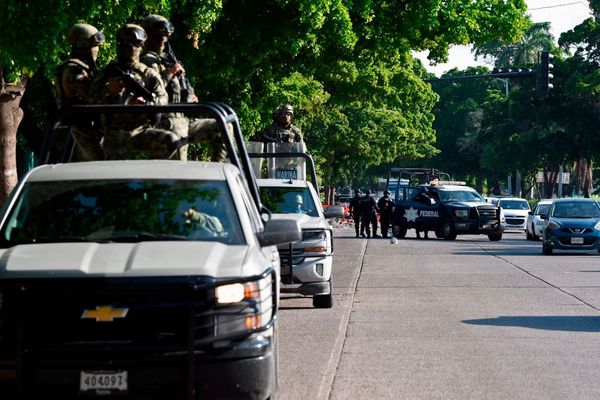
This was a good week to bury bad news. But why bury good news? No banner headline announced that the Prince of Wales is to move house. He is to go from Adelaide Cottage in Windsor Home Park to the nearby Forest Lodge.
That was not the real news. “Sources” said the switch was the outcome of Prince William’s “brutal” past year, in which both his wife and his father, King Charles, received treatment for cancer. This had led him to ponder the future of the monarchy, no less. He means to “reshape the institution he will lead … to be fit for purpose in the modern era”.
The move to what William intends to be his family’s forever home is apparently symbolic of that reshaping. Above all, it is goodbye, Buckingham Palace. Charles’s current refusal to move his residence there from Clarence House is to be permanent.
William’s eight-bedroom Forest Lodge is actually smaller than the couple’s country retreat of Anmer Hall on the Sandringham estate. It has a handsome interior but, valued at £16m, it is no grander than an average Kensington mansion. More to the point, the house is to be exceptionally private, within and without. The royal family will reportedly have no live-in staff. William apparently wants to be a normal father who, even as king, wants to be seen on the school run.
This is the most drastic move out of town by a British monarch since the Hanoverians deserted St James’s for Kew. William could have moved to his grandmother’s palace in Windsor Castle. He chose not to. He will also have his dissolute uncle, Prince Andrew, occupying the much larger 31-room mansion at Royal Lodge just down the road. He is clearly determined to join the modest ranks of the “bicycling monarchs” of Scandinavia and the Low Countries.
In years past, there were intimations that the present king wanted to slim down the paraphernalia of monarchy. We have seen few examples of it in practice. The coronation ceremony was still out of the dark ages. Nonsenses such as the king’s speech, the changing of the guard and Maundy money stumble on. William had to dress up and spend a day at Royal Ascot, which he is said to hate. But there is a sense that Charles and Camilla are happy to conclude the Elizabethan age rather than initiate a new Carolean one.
All the more reason to welcome a significant move by William. He wants to strip Britain’s monarchy of what the peerless commentator Walter Bagehot called its “mystical and theatrical” dignities. A hereditary head of state has legitimacy only insofar as the state grants its consent. For that to be the case nowadays, he or she should seem as normal and uncontroversial as seems fitting. A majority of Britons still support their monarchy, though only about one-third of under-25s.
A bicycling monarchy is what it says. It implies an ordinary person doing an extraordinary job as the personification of a nation, not one anointed “by God” after undressing in a church cubicle. Dutch monarchs have cycled since the 19th century. The Dutch king used to be a part-time airline pilot. These royal families are not turned into tortured celebrities as press officers seek headlines about their “making a difference”.
The heir to Britain’s throne might have been perfectly cast for the job, given the possible alternatives. But the future lies ahead. One thing emphatically not yet sorted is the royal estate. This rambling arrangement of ancient buildings, storerooms and cobwebbed attics is a relic of the British empire left to gather dust. What does William intend to do with Buckingham Palace, St James’s Palace, Kensington Palace, Windsor Castle, Sandringham and Balmoral, not to mention his father’s Clarence House and Highgrove? If France, Austria and Spain can forget their empires and set their palaces free, Britain can surely do likewise. Versailles, Hofburg and El Escorial no longer shelter royal uncles, aunts and cousins.
Indeed, if the monarch is to be content with a hideaway in Windsor Park, his family had better watch out. The most his son George might expect is a two-bedroom semi in Clapham. As for Charlotte and Louis, what chance of a cosy bedsit in Stoke Newington? They would probably be happier that way.
The clear answer is to treat these palaces as some are treated now, opened to the public as museums of royalty in the care of the Historic Royal Palaces agency. The real excitement should be Buckingham Palace and its gardens. The house would be a fine museum and art gallery of monarchy. But what of its gardens?
Every royal park in London was donated to the public at some point in history by a monarch. Charles I gave us Hyde Park and Charles II St James’s. Regent’s Park was opened under William IV and Kensington Gardens under Queen Victoria. The Windsors have as yet given nothing.
Buckingham Palace has the largest private garden in London. Its 16 hectares (39 acres) lie unused and unappreciated in the heart of town. Tearing down its walls and merging it with Green Park has often been mooted, but for obvious reasons never dared.
Such a gift to London would be unequalled in Europe. It would also be a symbol of monarchical descent to normality. The gardens would complete a vale of greenery stretching across west London from Westminster to Notting Hill. They could be filled with bicycling monarchs.
Simon Jenkins is a Guardian columnist
Do you have an opinion on the issues raised in this article? If you would like to submit a response of up to 300 words by email to be considered for publication in our letters section, please click here.







